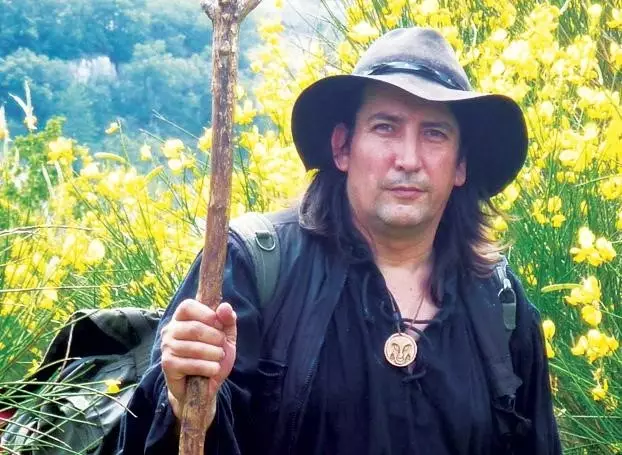Renowned cult filmmaker Richard Stanley, best recognized for his visually striking and thematically rich films like “Hardware” and “Color Out of Space,” is back, ready to shake the foundations of the horror genre with his forthcoming project “Steel Donkeys.” This collaboration with Steel Mill Films, birthed amidst the electrifying atmosphere of K.K. Downing’s venue in Wolverhampton, is undoubtedly an exciting venture. Stanley’s unique twist on the horror genre, infused with elements of heavy metal culture, appears poised to resonate with both genre aficionados and new audiences alike.
A Story of Chaos and Cosmic Horror
The narrative follows three young, small-time crooks embroiled in a desperate heist aimed at acquiring a powerful artifact from a reclusive rock star during a sprawling music festival. This deceptively simple premise evolves into a chaotic journey when the heist takes a treacherous turn, unleashing an ancient malignant entity that wreaks havoc on unsuspecting festival-goers. The potential for societal commentary is palpable here; the juxtaposition of youthful recklessness and the weight of unseen forces hints at deeper thematic explorations of unintended consequences.
In a cinematic landscape often saturated with predictable tropes, Stanley’s vision promises unrestrained creativity. The blend of heavy metal music, supernatural elements, and martial arts dynamics—exemplified by the inclusion of action veteran Cynthia Rothrock—brings an invigorating dynamic to the filmmaking arena. It’s a distinctive amalgamation that speaks to the daring ethos Stanley has embodied throughout his career.
Contextualizing the Filming Experience
The decision to shoot exterior scenes at the UK’s largest heavy metal festival, Bloodstock Open Air, adds an authentic layer to the project. Filming in such an evocative milieu not only contributes to the film’s texture but also allows the narrative to seamlessly integrate with the energetic spirit of heavy metal culture. Given the festival’s status, it is likely to attract a dedicated audience that shares an affinity for the genre, potentially enhancing viewer engagement and investment in the story.
Stanley’s passion for this project is palpable, as he articulates the profound joy of returning to his cultural roots. He refers to “Steel Donkeys” as a “supernaturally charged psychedelic hand grenade,” a description that teases its frenetic energy and invites curiosity. His prior experience with projects that diverged from his vision, like “The Island of Dr. Moreau,” has undoubtedly equipped him with the insight necessary to navigate the complexities of production while staying true to his artistic sensibilities.
A Fusion of Genres and Cultures
The alchemy of this film lies not just in its horror elements but in how it serves as a love letter to the heavy metal community. By intertwining the visceral nature of the genre with martial arts and a narrative steeped in cosmic horror, Stanley seems to be on the cusp of creating something truly original. The film’s trajectory appears to be more than mere entertainment; it encapsulates an experience that could potentially resonate on cultural and philosophical levels, confronting audiences with themes of chaos, rebellion, and the unforeseen ramifications of one’s choices.
In a world clamoring for innovation and authenticity in storytelling, “Steel Donkeys” stands out as a beacon of Stanley’s fearless creativity, inviting viewers to celebrate the strange, the chaotic, and the power of music intertwined with the cinematic imagination.

